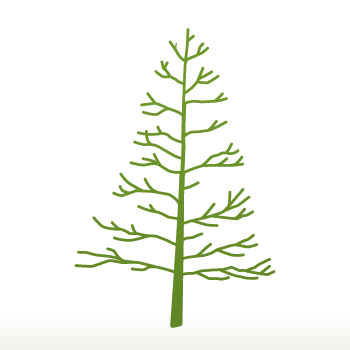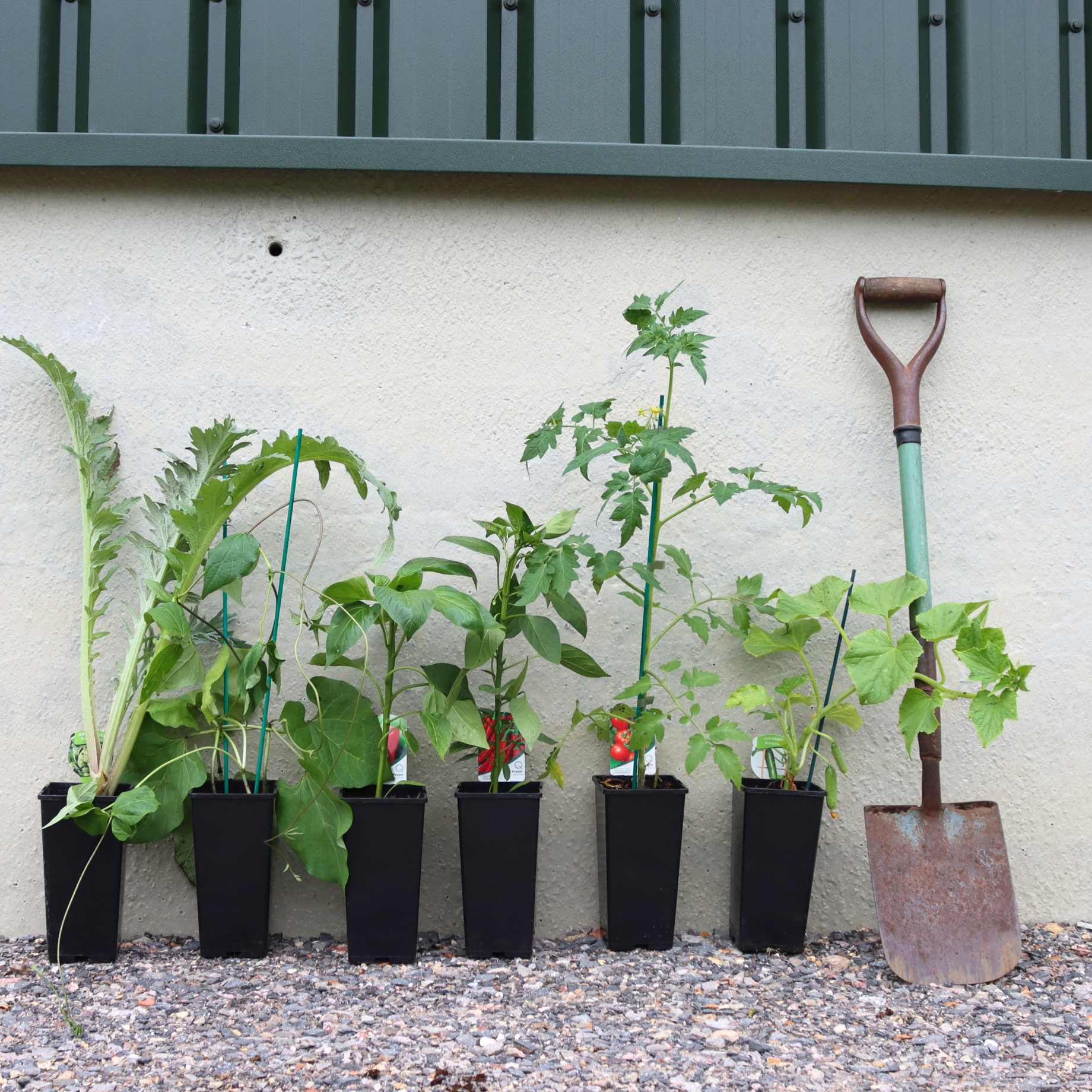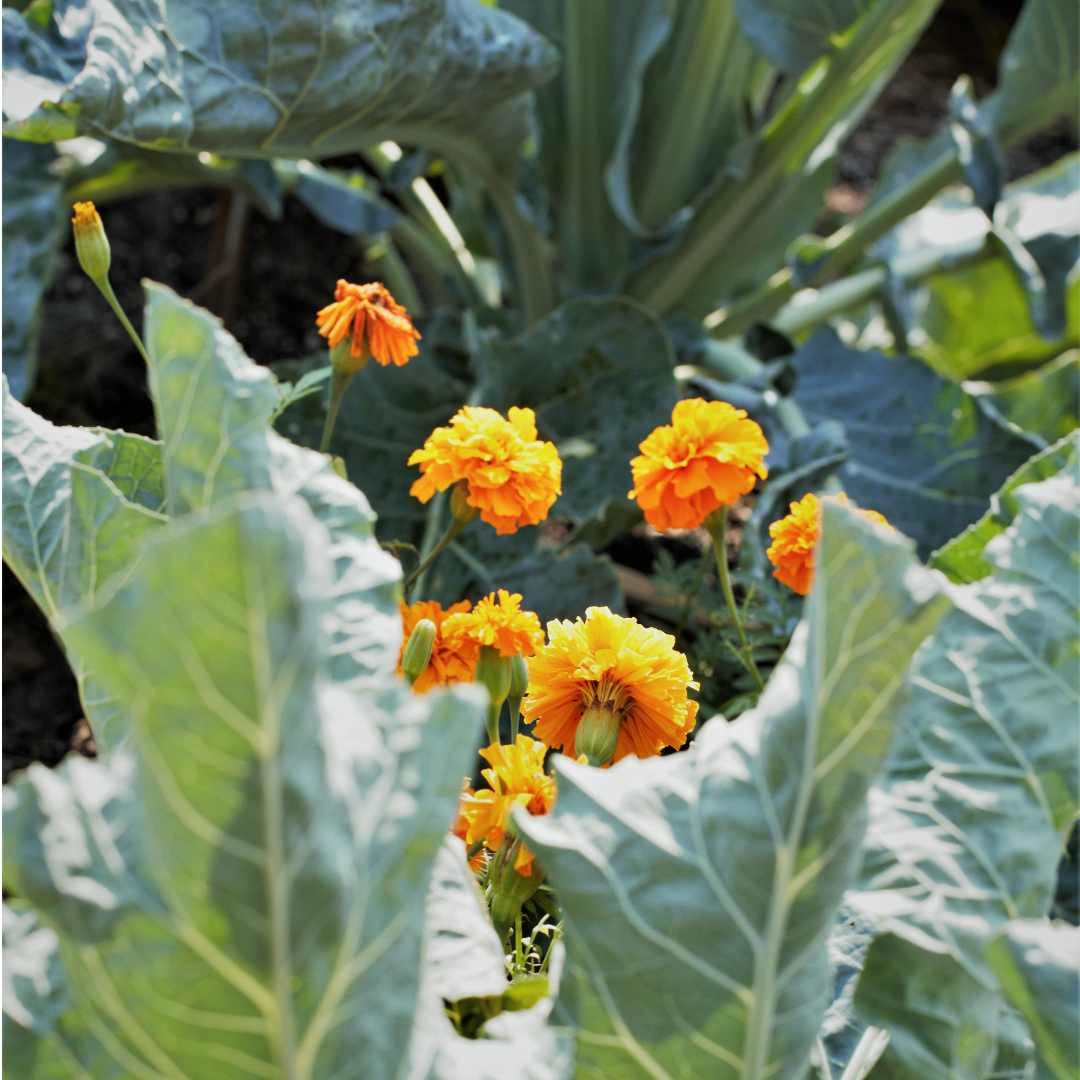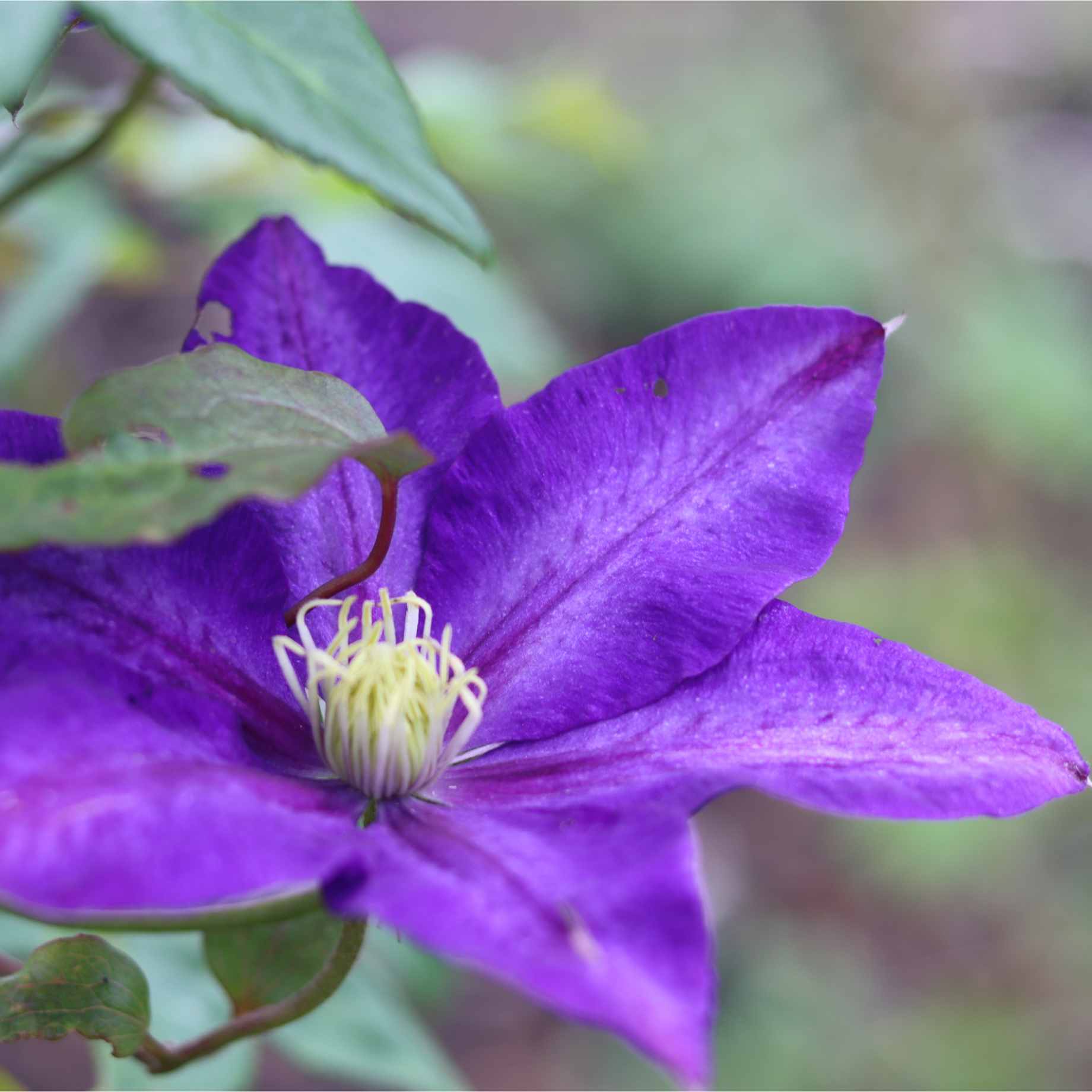Key features
Final size7 x 2 metres in 20 years
FoliageGreen leaves (deciduous)
BarkSilvery white bark develops fissures over time
SoilMost soils except extremes
Description
An upright form of Silver Birch, Betula pendula ‘Fastigiata’ is ideal for smaller spaces due to its more columnar form. The branches are interesting in being slightly twisted and spiral their way up the tree. The silvery white bark is similar to that of Betula pendula, with dark fissures opening up in maturity.
The mid green, serrated foliage gives a more dense cover and holds its leaves slightly longer than other Birches, making this tree suitable for screening purposes. It is also ideal for avenue plantings or as a single specimen due to its neat form. Almost any soil type and exposure will be tolerated. In 20 years, this compact tree will grow to a height of 7 and a spread of 2 metres.
AKA Fastigiated Birch, Silver Birch Fastigiata, Betula pendula Fastigiata
Planting Steps
1Preparation
- Pot-grown plants can be planted at any time of year, whereas bare roots need to be planted between November and March.
- Clear weeds and grass within a metre of the planting hole.
- Dig a hole as deep as the root mass and twice as wide.
- To help your plant establish more effectively, sprinkle Rootgrow in the hole.
2Planting
- Gently loosen the roots and place into the planting hole.
- Ensure the top of the plant’s compost is flush with the level of the surrounding soil and the graft union or collar of the tree is above ground level.
- Mix 50% of the original soil with 50% compost.
- Fill in the hole, firming the soil gently.
3Last Steps
- Water generously around the base of the plant.
- If you are planting either a single stem tree or mature standard tree, we recommend adding a staking kit and rabbit guard.
Aftercare Advice
Birch trees require a good watering regime for a couple of years whilst they establish. Water well and regularly through spring and summer, increasing in hot or dry weather. If planting in autumn, you may only need to water a little. Unlike many species, Birch prefer wet soil than dry. It is advisable to keep the area free of competing weeds and grass during this period.
Established Birch trees require minimal pruning and do not take well to hard pruning, as this increases light at the base of the tree, which in turn increases soil temperature and decreases moisture levels. Simply remove lateral shoots to maintain a clear trunk and prune any diseased or damaged branches. Pruning should be carried out in late summer to mid-winter. Birch trees bleed heavily at other times of the year, especially late winter.
Tip: to keep the colourful bark looking its best, you can wash it using water and a sponge.
For more detailed advice and video guides, please visit our Help & Advice section.







